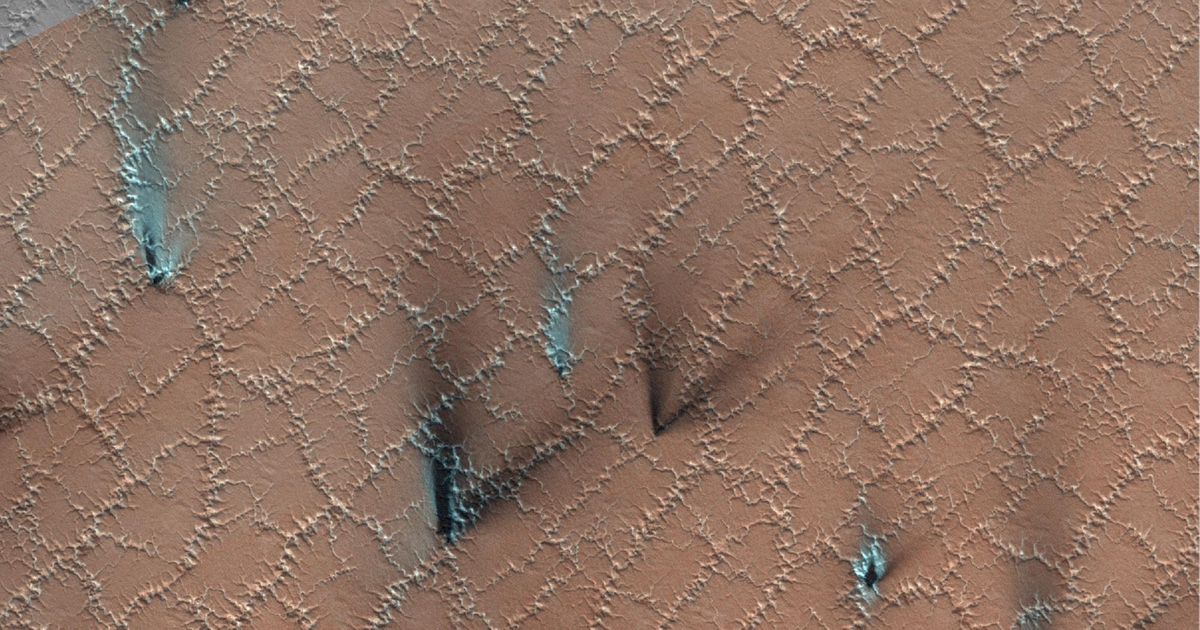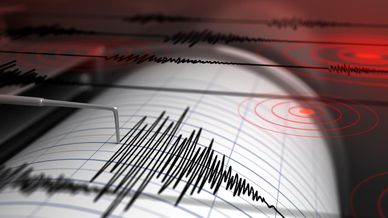The image was taken by the Mars Reconnaissance Orbiter.
Polar ice significantly affects the face of the “red planet”. One of the most interesting surface features of Mars is the fans of dry ice, which form in the spring and form an attractive alien landscape.
This strange phenomenon is now being documented by a new high-resolution image taken by the Mars Reconnaissance Orbiter (MRO) satellite. University of Arizona Portal Wise.
The sharpest eye focused on another planet
The National Aeronautics and Space Administration (NASA) MRO Planetary Probe examines the surface and climate of a red planet in orbit. Its next task is to mark the appropriate locations for the landing modules (so-called landers) and routes for the rovers.
The satellite was launched to Mars in late summer 2005. The spacecraft has proven itself and is still in operation, far beyond its estimated lifespan.
NASA plans to continue using it as much as possible until the end of this decade.
The MRO carries a variety of equipment, including a spectrometer, radiometer, and multiple cameras. Its equipment also includes a high-resolution (high resolution imaging science experiment) polychromatic camera that can take color pictures of the surface at very high resolutions.
To date, it is the most accurate camera ever sent to another planet. Her latest image showed what the spring landscape looks like around the polar caps of Mars.
The polygons of the spring of Mars
The poles of Mars are covered by a thick layer of ice, which turns into its characteristic ice sheets. At higher latitudes, ice plays an important role in shaping the surface of the red planet.
In the polar regions, we can see the polygonal surface shapes formed by the cracking of the Martian soil by the action of frozen water. In addition to water ice, Mars has a transparent surface layer called dry ice, which is frozen carbon dioxide.
Polar polygons look good in the spring, forming holes in the dry ice layer and releasing gas from them. This is because dry ice does not pass through the liquid phase and is converted directly from solid to gaseous.
Dry ice jets carry fine particles of matter, which further destroy the white polygonal shapes and give them a naturally distorted shape. The particles fall back to the surface and deposit in dark fan-shaped deposits, the direction of which depends on the direction of the current wind.
The combination of these processes and the action of water and dry ice thus give a special character to the polar regions of Mars. The Mars Reconnaissance Orbiter is likely to operate for many more years, so let’s wait for more successful photographs of our planetary neighbors.

Prone to fits of apathy. Unable to type with boxing gloves on. Internet advocate. Avid travel enthusiast. Entrepreneur. Music expert.




